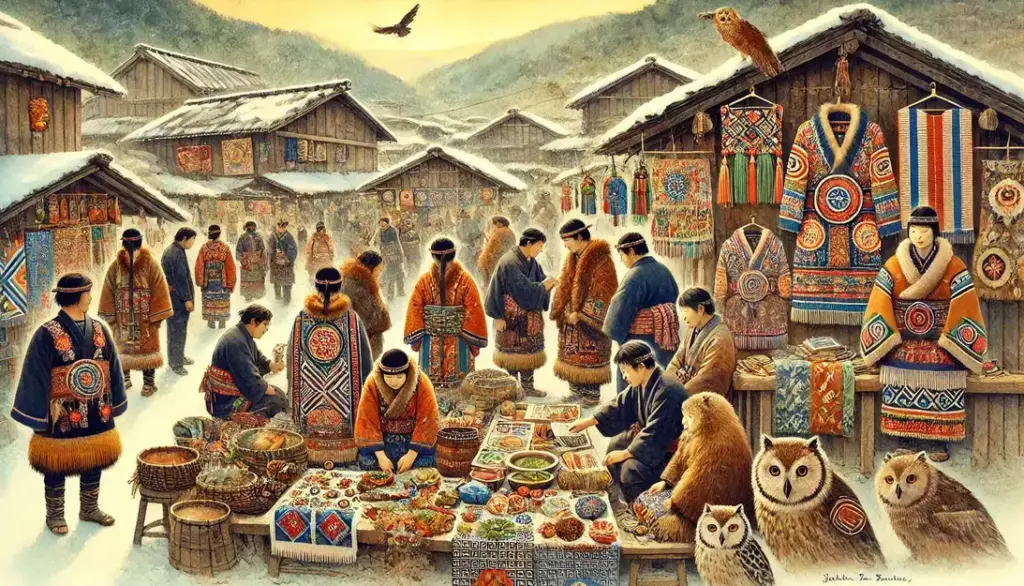The Ainu people are the indigenous inhabitants of northern Japan, particularly Hokkaido, and parts of Russia. Known for their unique culture, language, and deep connection with nature, they have a history that predates modern Japanese society. Despite challenges like assimilation and cultural loss, many are working today to revitalize and preserve their traditions. Understanding the Ainu provides a window into Japan’s diverse heritage and the resilience of its indigenous communities.
Who Are the Ainu People?
The Ainu people, indigenous to northern Japan and parts of Russia, are a unique cultural group with ancient roots. Their identity is rich in tradition, shaped by a deep connection to nature and their environment. Exploring who the Ainu people are requires looking at their history, culture, and way of life.
Origins and Early History
The Ainu’s ancestry dates back thousands of years, with ties to the Jomon people—prehistoric inhabitants of Japan. Their early settlements were primarily in Hokkaido, Sakhalin, and the Kuril Islands, regions known for their harsh climates and abundant natural resources. Unlike Japan’s major ethnic group, the Yamato people, the Ainu have distinct cultural and physical characteristics.
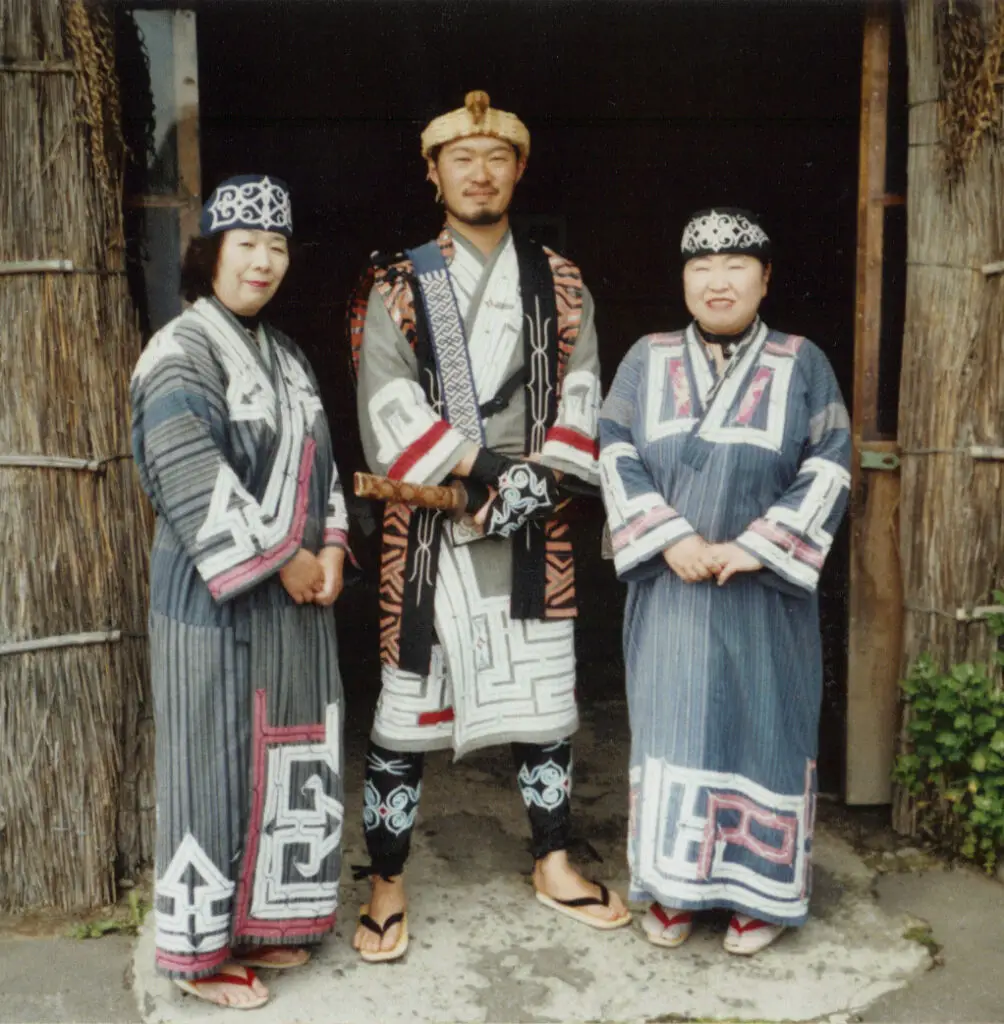
Historical records of the Ainu people suggest that their culture began to take shape between the 12th and 13th centuries. Some researchers believe the Ainu were descendants of the Jomon civilization due to similarities in tools, pottery, and lifestyle. Unfortunately, the arrival of outside forces and the Japanese government’s assimilation policies drastically altered their way of life over the centuries. You can explore more about their history on this Foundation for Ainu Culture page.
Distinctive Cultural Traits
The Ainu are known for their unique customs and traditions, many of which revolve around spirituality and respect for nature. One of their most striking cultural practices is tattooing. Ainu women traditionally adorned their hands, arms, and mouths with tattoos, which were seen as rites of passage and a mark of identity. To learn more, check out Tattooing Among Japan’s Ainu People.
In addition to tattoos, hairstyles also held cultural meaning. Men wore long, uncut beards, and women’s hair was often styled with care, reflecting their status and role in the community. Ainu clothing, predominantly made of woven fibers and deer skins, featured intricate patterns that symbolized protection and connection to their spiritual beliefs.
Traditional Lifestyle and Livelihood
The Ainu people lived in close harmony with nature, relying on hunting, fishing, and foraging for their survival. They hunted deer, bears, and other animals, using every part of the animal to avoid waste. Their fishing techniques, such as catching salmon with nets and traps, were sustainable, ensuring balance with the environment.
The Ainu also viewed the natural world as filled with spirits, or “kamuy.” This belief influenced their daily activities, from hunting to rituals thanking the spirits for provisions. Foraging for plants served both nutritional and medicinal purposes, showcasing their deep knowledge of the natural world.
This lifestyle wasn’t just about survival but reflected their philosophy of living as part of the ecosystem rather than dominating it. Their connection to the land continues to inspire efforts to rediscover and preserve their traditions today.
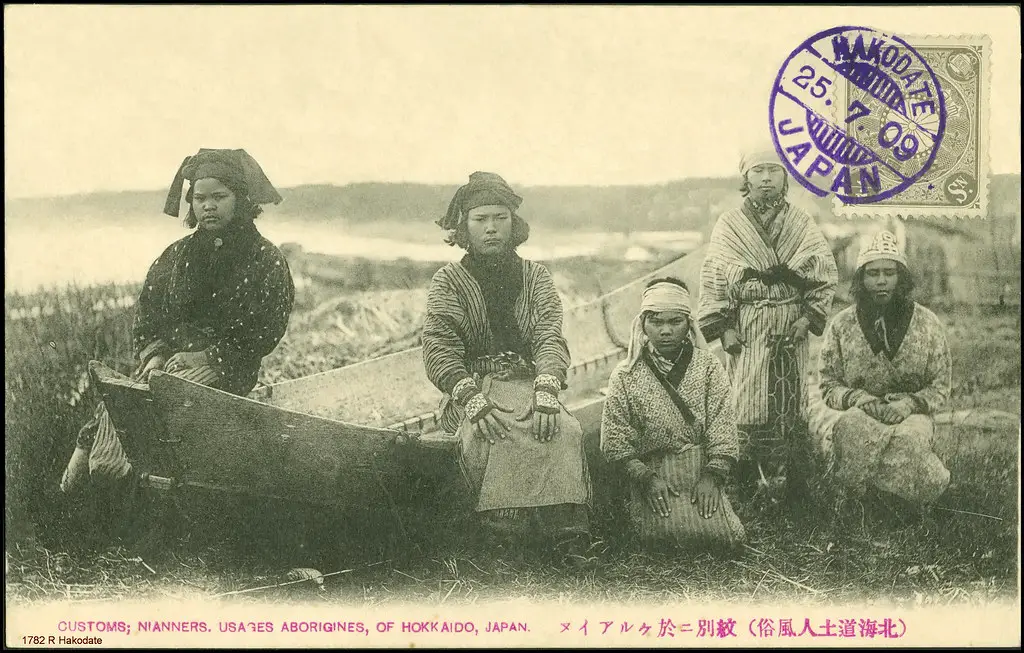
Struggles and Marginalization
The history of the Ainu people is one of profound struggle and marginalization. For centuries, they faced efforts aimed at assimilation, cultural erasure, and coercion into mainstream Japanese society. This section delves into key historical events that shaped their challenges.
Assimilation During the Meiji Period
During the Meiji Era (1868-1912), Japan’s government sought rapid modernization and national unity. Unfortunately, this came at the expense of Ainu identity. The assimilation policies enforced during this time systematically suppressed their traditions, language, and way of life.
- Forced Land Displacement: Ainu lands were seized, and they were pushed into designated farming areas. This destroyed their traditional livelihoods like hunting and fishing. The Foundation for Ainu Culture outlines how economic and legal measures further eroded Ainu ownership of ancestral lands.
- Compulsory Japanese Education: Ainu children were sent to schools where speaking the Ainu language was forbidden. Over time, younger generations lost fluency, a cornerstone of their cultural identity. Policies detailed in resources like the Hokkaido Museum illustrate these assimilation strategies.
This homogenization effort not only marginalized the Ainu but also left many disconnected from their roots, severing centuries of heritage.
Effects of the Hokkaido Former Aborigines Protection Act
In 1899, the Hokkaido Former Aborigines Protection Act was passed, portraying itself as protective legislation for the Ainu. However, in reality, it imposed restrictions that furthered assimilation.
- Economic Dependency: The law granted small plots of farmland to the Ainu but failed to provide adequate training or resources for agriculture. This contributed to poverty and forced dependence on Japanese systems. Learn more about the Act’s ramifications at Minority Rights Group International.
- Cultural Suppression: The law actively prohibited Ainu cultural practices while mandating the adoption of Japanese customs. Traditional rituals and ceremonies were banned under the guise of modernization, as explained in Wikipedia on the Hokkaido Former Aborigines Protection Act.
Instead of protection, the Act became a tool for the systematic extinguishing of Ainu identity, undermining their autonomy and culture.
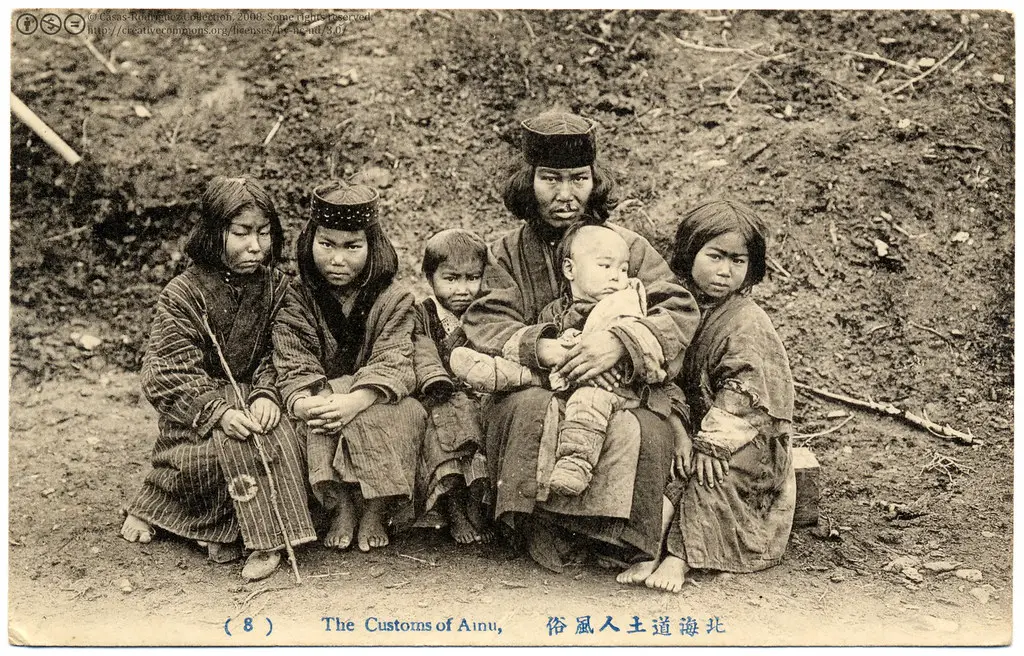
Cultural Erosion and Population Decline
The sustained assimilation policies led to extensive cultural loss and population decline. By the 20th century, many Ainu struggled to preserve even fragments of their heritage.
- Language Extinction: The Ainu language saw a dramatic decline in fluency due to suppression. Today, efforts are underway to revive the language, yet only a handful of native speakers remain. Articles like The Survival Story of Japan’s Indigenous Ainu People highlight these revitalization efforts.
- Fading Traditions: Rituals once integral to their spiritual and daily lives disappeared, surviving only in cultural festivals or reenactments.
- Population Invisibility: Assimilation efforts led many Ainu to hide their heritage to escape discrimination. While current estimates suggest over 100,000 may have Ainu ancestry (Ainu Population: Wikipedia), few openly identify due to fear of stigma.
In less than two centuries, the Ainu transitioned from a thriving indigenous society to one fighting for cultural survival. While the damage runs deep, modern initiatives aim to rewind decades of loss and reclaim their legacy.
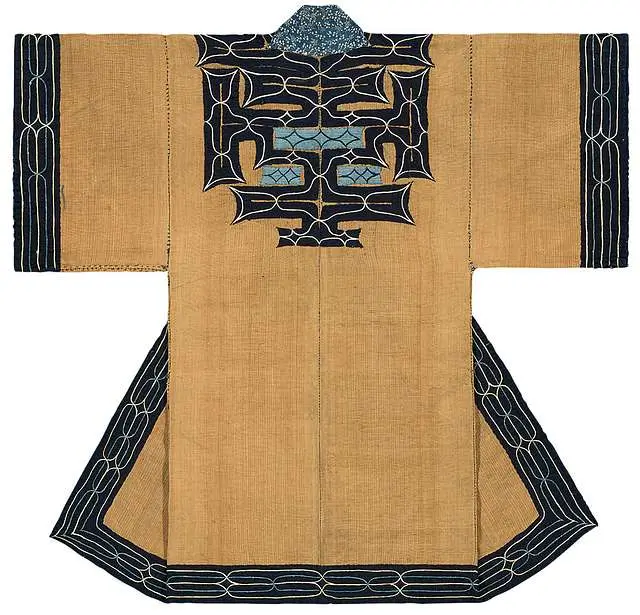
Healing and Recognition
Efforts to heal and recognize the Ainu people are vital steps towards restoring their cultural identity and dignity. While the Ainu faced centuries of marginalization, recent governmental and societal efforts are fostering a renewed acknowledgment of their significance. Here’s a breakdown of the strides being made.
Government Recognition as Indigenous People
In 2008, a pivotal moment for the Ainu arrived when Japan’s government adopted a resolution recognizing them as an indigenous people. This came alongside global movements for indigenous rights influenced by the United Nations Declaration on the Rights of Indigenous Peoples, which Japan endorsed. The 2008 resolution was a step forward in officially acknowledging the historical injustices endured by the Ainu.
Building on this, the enactment of the Ainu Policy Promotion Act in 2019 marked a historic breakthrough. The law formally recognized the Ainu as an indigenous people with unique traditions and a distinct identity. It also reinforced government obligations to support the Ainu through cultural and economic measures. This landmark decision gained global attention, as it symbolized a step towards inclusivity and historical accountability. You can read more about this policy on the Council for Ainu Policy Promotion.
Revitalization of Language and Traditions
The Ainu language, which had all but vanished due to decades of suppression, is making a steady comeback. Programs led by organizations such as the Upopoy National Ainu Museum and Park have become hubs for language revitalization efforts. These initiatives include language classes, music workshops, and cultural performances designed to reconnect the younger generation with their roots.
Ainu activists and scholars have also developed educational content, including smartphone applications, to make learning the Ainu language more accessible. Programs like these are not only about preserving a language but about rekindling a sense of pride. As people learn their ancestral language, they often rediscover a connection to their lineage and stories. Learn more about these programs at Japan House London.
Cultural Centers and Museums
Central to the preservation of Ainu heritage are cultural spaces like the National Ainu Museum and Park (Upopoy) in Hokkaido. Opened in 2020, this museum serves as a national hub for education and cultural revival. It features exhibitions showcasing Ainu history, traditional crafts, and spiritual practices. Visitors can participate in hands-on activities to experience Ainu life, such as crafting and singing.
Cultural centers like Upopoy aim to educate the public about the richness and resilience of Ainu traditions. By creating spaces for learning and engagement, these institutions bridge the gap between the Ainu and contemporary Japanese society. To explore their offerings, visit the Upopoy Official Site.

Through these combined efforts, the Ainu people are steadily reclaiming their cultural significance. As more individuals and institutions join in recognizing their contributions, the Ainu story continues to inspire a broader discussion on indigenous rights and cultural preservation.
Religion and Spiritual Practices
Religious and spiritual practices of the Ainu people reveal their deep connection with nature and their reverence for the spirits they believe inhabit the world around them. These beliefs shape their rituals and daily lives, forming a foundation for their cultural identity.
The Bear Ceremony
The Iyomante, or Bear Ceremony, is one of the most important Ainu rituals. This ceremony is centered around the belief that bears are divine beings, sent from the spiritual world of the gods, or “kamuy.” The Ainu hold this tradition to honor the bear’s spirit and return it to the divine realm with gratitude.
The ritual involves raising a bear cub, often captured from the wild, with great care. The bear is seen not merely as an animal, but as a physical manifestation of the gods. After a certain period, the bear is ritually sacrificed and sent back to the spiritual world. While the act of sacrifice may appear harsh to outsiders, the Ainu view it as a gesture of profound respect and connection with the spiritual world.
The ceremony is elaborate, including songs, dances, and the sharing of food in a communal feast. The bear’s spirit is believed to carry the people’s prayers and gratitude back to the gods, reinforcing harmony between humans and the kamuy. You can read more about this important ritual on Wikipedia’s Iomante page or check insights at Windows to the Ainu World.
Animism and Spiritual Worldview
The Ainu people are deeply animistic, believing that everything in nature—trees, rivers, animals, even tools—contains a spirit, or “kamuy.” This spiritual worldview makes them highly attuned to their natural environment, treating it with respect and care. For the Ainu, daily life is filled with acts of reverence and communication with these spirits.
- Animal Spirits: They believe animals like the bear, owl, and fox are messengers of the gods. These beings are not only hunted but celebrated for their spiritual significance.
- Sacred Tools and Objects: Items such as knives or fishing tools are treated with respect. They are thought to house spirits that aid the Ainu in their tasks.
These beliefs are not confined to ceremonies but permeate everyday actions, from harvesting plants to preparing meals. This animistic philosophy promotes a reciprocal relationship with the world, where nature provides sustenance and is thanked through rituals and offerings. Learn more about their spiritual beliefs at Ainu Animistic Religion and Greens Shinto – Ainu Spirituality.
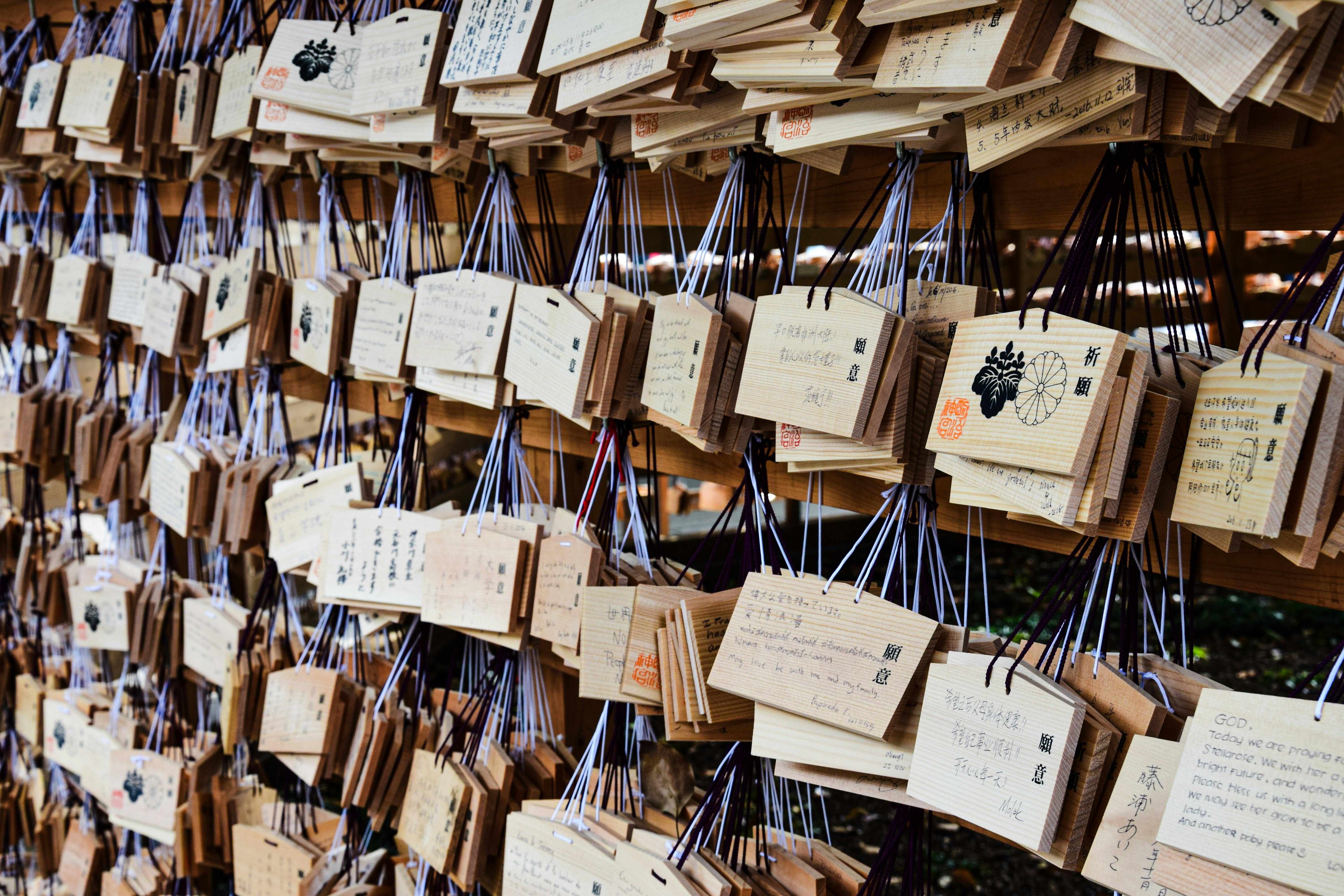
Photo by AXP Photography
This spiritual framework creates a lifestyle rooted in harmony and gratitude, where every action carries meaning and respect for the unseen world.
Challenges in Modern Society
The Ainu people, indigenous to Japan, face a range of modern challenges that stem from historical injustices, cultural suppression, and systemic inequalities. These challenges highlight the intersection of economic barriers, social prejudice, and struggles for legal rights. Below, we examine these key issues in detail.
Economic Disparities
Ainu communities often struggle with poverty and limited job prospects, a legacy of past policies that alienated them from their lands and traditional livelihoods. This economic marginalization persists, trapping many in cycles of disadvantage.
- Land Displacement: Historically, the Ainu were removed from their lands during Japan’s modernization, disrupting their hunting, fishing, and foraging-based economy. These areas were turned into farmland or developed, leaving little room for traditional practices.
- Income Gaps: Ainu individuals frequently earn less than their non-Indigenous counterparts. Many face barriers to advancing their education or finding stable employment opportunities.
For example, a study from Minority Rights Group International discusses how the isolation of Ainu settlements and lack of resources contribute to persistent poverty levels. Unfortunately, without significant reforms or initiatives, such disparities remain difficult to overcome.
Social Marginalization
Discrimination continues to loom large over Ainu lives. Prejudice, both personal and systemic, affects their sense of security and inclusion in Japanese society. While some progress has been made toward greater awareness, stigma persists.
- Stereotyping and Media: Many Ainu people report experiences with bias and stereotyping. Traditional depictions in media have often been limited, fueling misunderstandings and further alienation.
- Discrimination in Education and Workplaces: In surveys, nearly 30% of self-identified Ainu individuals have recounted discrimination in settings like schools or during job applications (Mainichi).
- Social Media’s Role: Harassment or denial of Ainu indigeneity via online platforms exacerbates the issue, making a need for public education more urgent (Hokkaido University Global Program).
Despite these challenges, notable Ainu activists and scholars continue to share their stories and advocate for equity. Normalizing cultural coexistence remains an ongoing process.
Legal Rights and Reparations
Efforts to secure legal recognition and reparations for historical injustices are underway, but progress is slow. Many Ainu leaders are pushing for both symbolic and tangible changes to address centuries of marginalization.
- Policy and Recognition: Although the 2019 Ainu Policy Promotion Act marked a historic moment by recognizing the Ainu as Indigenous people, critics argue its measures are symbolic rather than transformative. A deeper focus on historical reparations is needed (Georgetown Journal of International Affairs).
- Restitution Cases: There are ongoing discussions about repatriating Ainu ancestral remains and artifacts taken under dubious circumstances. These cases are critical to restoring cultural dignity. For more, see insights from UN Human Rights Council Reports.
Addressing legal and historical injustices requires a stronger commitment from both the Japanese government and international organizations. While these battles are far from over, the Ainu community remains resilient and intent on reclaiming its rights.

Photo by RDNE Stock project
By confronting these challenges head-on, the Ainu strive to create a future where their cultural heritage is not just acknowledged but celebrated as an integral part of Japan’s identity.
The Road Ahead
The future of the Ainu people is deeply connected to ongoing initiatives that amplify their voice and preserve their identity. These efforts range from public education to active movements for self-determination. Here are key aspects shaping their journey forward.
Education and Awareness
Educating the public is vital in ensuring the Ainu culture thrives rather than becomes a relic of the past. Through schools, cultural centers, and online platforms, both the Japanese public and global audiences are learning about the Ainu.
Efforts to integrate Ainu studies into Japanese educational curricula mark a promising step. For example, resources like Sapporo’s guidance on Ainu history and culture help teachers structure lessons that highlight the Ainu’s contributions and struggles. By including these narratives, students grow up understanding the rich diversity within their national identity.
Moreover, language preservation is central to this educational push. Platforms like Drops offer interactive ways to learn the Ainu language, allowing users to connect with indigenous words and phrases that risk extinction. Such digital tools make cultural education accessible on a global scale.
Public events and museums like the National Ainu Museum and Park foster awareness among Japanese and foreign visitors. These venues not only educate but also counter stereotypes, breaking down decades of misunderstanding. For an in-depth look at Ainu education initiatives, visit the article on the role of education in Ainu restoration.
Self-Determination and Advocacy
At the heart of the Ainu’s journey forward lies their fight for self-determination. This relates closely to their ability to make political, cultural, and economic decisions without external constraints.
International frameworks like the United Nations Declaration on the Rights of Indigenous Peoples have inspired many Ainu activists to reclaim autonomy. Efforts highlighted in articles such as “Ainu People Reclaim Their Rights” delve into how Ainu communities are asserting control over their resources and traditional lands.
Legal recognition, such as the 2019 Ainu Policy Promotion Act, provides a foundation but falls short of achieving full autonomy. Critics argue that more culturally-centered policies and reparations are needed to truly empower the Ainu, as discussed in Georgetown’s analysis of Indigenous policies.
Grassroots movements and advocacy campaigns are also building momentum. Leaders seek to reclaim ancestral artifacts and burial sites while navigating the socio-political landscape. Articles like “The Case for Self-Determination” highlight how connected autonomy is to preserving their cultural dignity.
As the Ainu continue this journey, education and advocacy stand as pillars of their resilience and hope for the future.
Conclusion
The Ainu people’s history is a testament to resilience and cultural richness, yet it’s marked by immense challenges. From their deep spiritual connection to nature to their struggles against forced assimilation, the Ainu embody an enduring effort to preserve their identity.
Today, revitalization efforts in language, traditions, and legal recognition offer hope. Yet, achieving full acknowledgment of their rights remains a vital journey for the future.
Understanding the Ainu reminds us of the importance of protecting indigenous cultures as a shared human responsibility. What steps will you take to explore and support this heritage?

